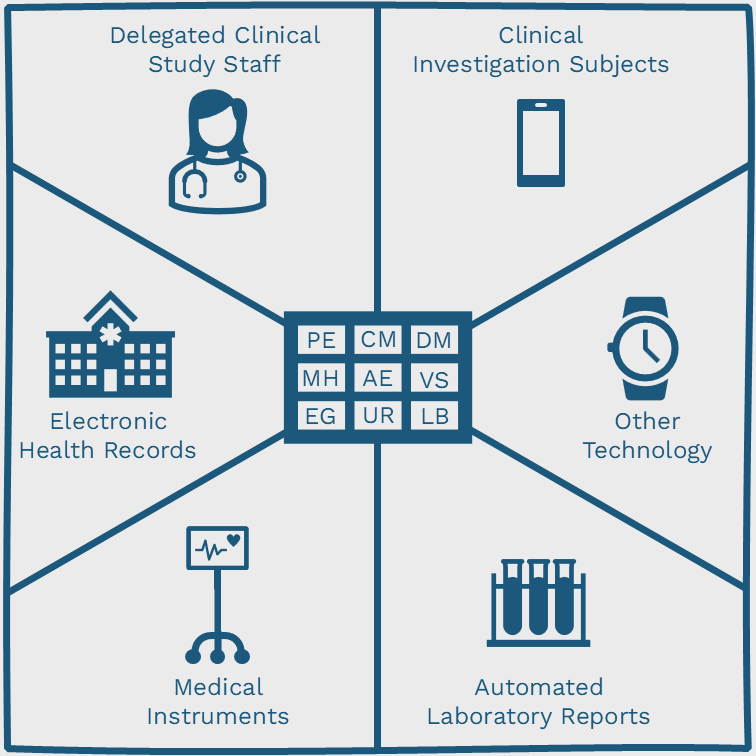So Much Functionality in Software
This article explains how much of software functionality we tend to use and explores why there are so many features to choose from. We end with offering a few suggestions for how to expand your knowledge of unused features.
Table of Contents
Unused Functionality in Software
Research conducted by The Standish Group about custom software found only 20% of functionality is often used, compared to 30% used infrequently, and 50% hardly ever used. Conversely, functionality in commercial applications like Microsoft Word is only around 5%.
Custom software is specifically developed to meet the unique requirements of a particular organisation so it is no surprise to discover its usage is higher than for commercial off-the-shelf (COTS) software.
Both statistics show a staggering difference in how much functionality is available versus how much is actually used for its intended purpose. If we don’t use much of the functionality that is available then why why do we have so much at our fingertips?
Reasons for so much Functionality
User Needs and Expectations
The product team might have set out to create a minimum viable product (MVP) but once the first version is released they will add more functionality. This is a necessary part of innovation because customers want to see progress and value being added to the software they purchased. Users expect more features and capabilities to be added so that they can take advantage of efficiencies offered by evolving technology.
Competitive Market
When there are more competitors in a given market, more features will need to be added to stand out from the competition. Once the core features are in place it is harder to differentiate the product, so changes often include enhanced security measures and making interfaces more user-friendly.
Complex Problem Solving
We live in a world where it seems we are encountering more complex problems which can suggest more complex solutions are needed. The more advanced the functionality we have at our disposal then the more likely it is that the software can more comprehensively address these problems.
Integration and Compatibility
The days of monolithic platforms are numbered. The more modern approach to developing software involves smaller components that can be released independently of each other and are more open to integrating with other products. This must be held in tension with the potential that multiple smaller systems can become disconnected, or duplicate setup is required, or that progress must be maintained in parallel. It is for this reason that software often needs to integrate with other systems so it is important to work seamlessly with other tools and technologies.
Future-Proofing
The danger of adding vast amounts of functionality to future-proof software, is that we might spend so much time guessing what might be needed in the future that we don’t spend enough time evaluating what customers actually need.
Customisation and Flexibility
On the one hand, users appreciate software that can be customised to fit their specific needs, but on the other, if there are too many options and settings the user can become overwhelmed and lose interest in the software altogether.
Opportunities to Explore
Seeing as there is obviously so much functionality available to us then I think we have an opportunity to use more features in the software we already have.
Why don’t you start exploring more of the functionality that’s already included in the software you use on a daily basis and make a point to really understand what the purpose of the feature is.
If you want to learn about reasons why some features in software packages are not used then please visit this blog post.
If you get stuck with how to use a feature then I encourage you to ask your vendor. If that doesn’t work, contact Saltware Solutions because we have a persistent curiosity and determination to understand why something exists; and together we will increase your usage of the functionality you already have.






